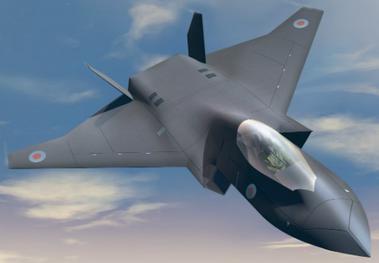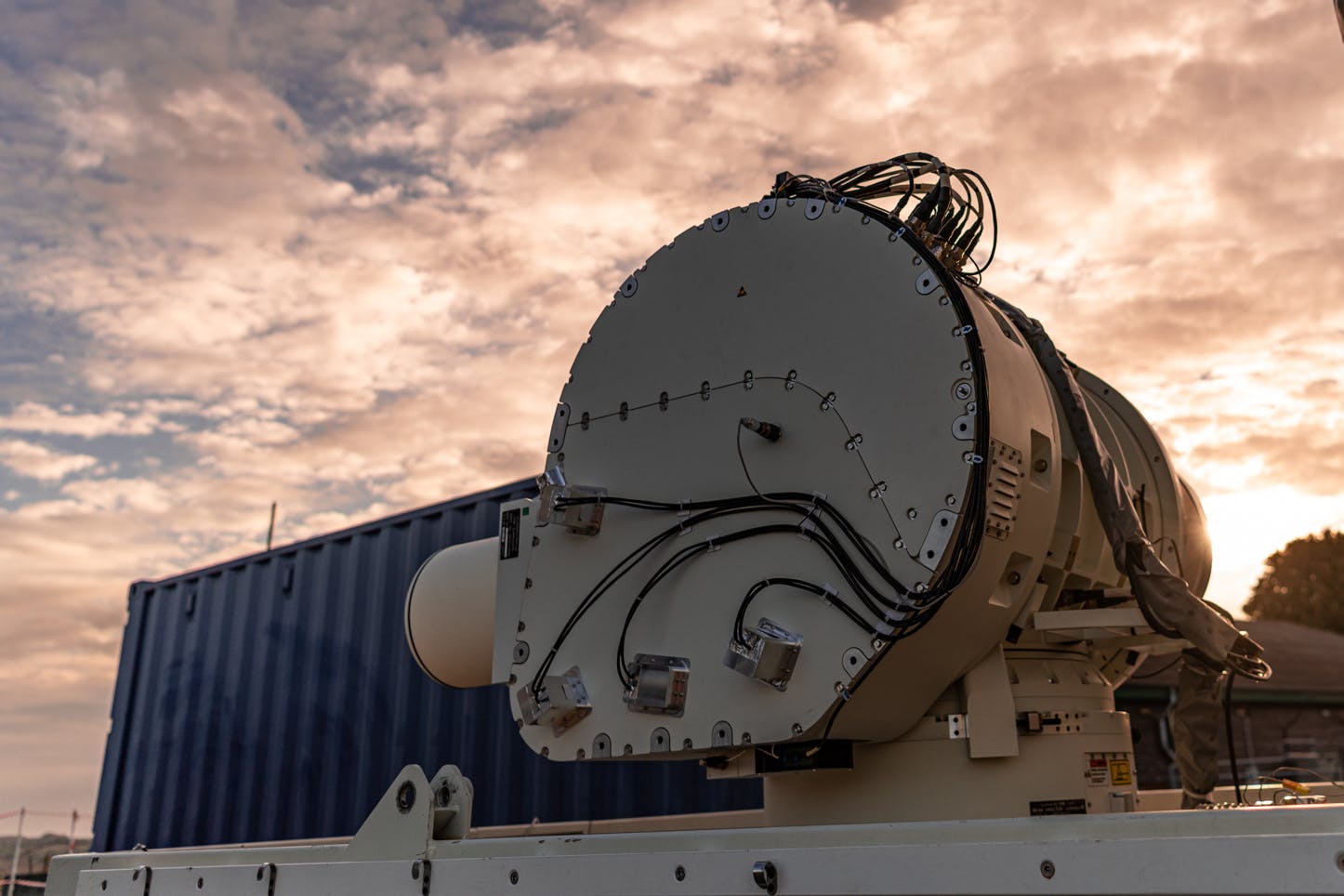It is completely irrelevant but horses in the USA are almost entirely (with the exception of niche users like Amish religious groups) just plain ol recreation- horse shows, horse trail ride, fox hunt, polo, etc. It adds up. More horses now in the USA than when the first car was invented. The advantage of lots of space. Good horses are kept behind oak board fencing and we sell that product thus, are self interested in the horse world.
Back to the war: Trent ( who is just parroting on twitter the much more thorough work of War on the Rocks folks and many others- from pre war) made a lot of predictions a year and a half ago about the lack of trucks and tires and how that would destroy russian logistics. In the meantime russia has kept at it, they ran out of artillery shells but not trucks, they ran out of fuel occasionally because of corruption but even then managed to refuel a 50 mile convoy outside Kiev and turn it around to avert disaster. My hot take the question of "if trucks matter" is watching Ukraine's loss figures. Ukraine doesn't focus on trucks, if they really focused on trucking you'd see reams of trucks show up on the daily loss rate. So far they are mostly collateral losses at depots, and they have been targeting those. If russia needs 5,000 oil tankers they can be driven across the border tomorrow from China or Iran. Neither would blink selling them and neither would miss them and it would not cost $ that matter ($1bln for those new here in the USA). The russia industry created 65000 trucks last year. Losses from the war in Ukraine are just dust on a gnat. But anyway how much fuel does ag need in Russia?
Here is where it goes to guess work. Say 4 gallons per acre, I bet land under cultivation has slipped a bit so lets say 150,000,000 acres. 600,000,000 gallons. It's not that much. Most of the use of diesel is going to be trucking products from the farm to manufacturing facilities/ports and there I have no idea. Calculate the number of tons of ag products and figure some average miles to a rail head (50?). Ag is just under a $100bln revenue item for russia. The wheat harvest started back in May and runs til early August. So that's done. So is barley.
That will leave seed oils (sunflower, rapeseed, etc) and fruits and veggies (apple, pumpkins, etc), and a few grains/legumes such as corn and soybean, lentils and for Vodka..potatoes. I would think most of the potatoes are harvested already (takes 4 months so - may june july august). I don't see the major push there, in the USA corn and soybeans drive a huge fall harvest business but those crops don't matter too much in russia. Of course they could be seeing issues with the planting of winter wheat crop but I don't think they'll let the war disrupt that and I would have thought it would already be planted (only 4 weeks from not being able to plant).
In terms of $ the wheat crop is the major export earner and the largest crop and it's in (harvested) and likely mostly shipped to storage and processors close to rail. They did that without anyone squawking about lack of trucks or lack of fuel. That's most of the work and (guessing here) but one could assume a 30 mile trip to a rail head and put 30 tons on a truck and figure out how many trucks they needed to move the 70 million tons of wheat to rail heads. Then look at all the other ag products combined and I think you'll see about the same volume. It's done for now.
The USA analyst who look at the logistics needs of others do so from a horrible perspective- that of the USA which is just incredibly bloated. Trent went so far as to say russia would run out of truck tires, he made a lot of other predictions too and if you believed everything than you'd have thought russia would have collapsed months ago. They forward supplied armies, built fortifications, made several lateral army moves, and for the average russian not much has changed. We've discussed this before but nothing has changed and the oh the russian logistics are about to fail mantra from Trent gets old as it has consistently proven to be wrong. Going to edit that Trent is not a logistics specialist. His last job was the head of a small tiny team on tiny dept in a non pentagon office looking quality control from the Texas area arms manufacturers. I further suspect that he got his job because of his father. He never commanded field troops, he was never in charge of understanding russian logistics capabilities, to the best of my knowledge he's never been to russia or ukraine. Mick Ryan, Mark Hertling, and Ben Hodges don't sit around telling you russian logistics will collapse tomorrow.
Again, when Ukraine can find nothing else worth shooting than a truck in rear logistics than you'll know the logistics are about to collapse. I am sending large over the road transport semi tractors one mile across hay fields all of this month, we'll move from 30-60 tons a day, every day. If we can do it the russians will figure it out.
The estimates of the number of horses in the US varies all over the place. Most are used for recreation or entertainment (horse racing and rodeo), but this estimates about 1.75 million are used for "other", which includes rodeo unfortunately.
The Horse Industry by the Numbers
My sister has kept and bred horses for 40 years. She's used them for recreation, though I think her days of riding are over. She's had a frightfully large number of injuries from horses, the most recent being a broken hip. But she has known a fair number of ranchers and they use horses extensively. Mostly cattle ranchers, but also some sheep herders. Out in the back country in the west, there are many places an animal can go, but wheeled vehicles can't.
A lot of police departments have horses too. Some cities have mounted patrols for crowd control, but also to patrol some of the parks with rougher terrain. In Portland one park is sited around an extinct volcano, and another park it several thousand acres of mountainous terrain in the Coast Range. There are many places in both parks that are only accessible to hikers and animals.
As for trucks, the Russians are almost certainly wearing out trucks at a fantastic rate. Early in the war Trent Telenko wrote a thread talking about his experiences in Iraq. He was called in to rehab a bunch of US trucks that had gone into the front lines early in the war. After a year the trucks had the equivalent of 20 years wear on them.
The US Army pampers its vehicles compared to Russia. Maintenance is regular and extensive. Even with the regular maintenance schedules these trucks were worn out fast. In wartime trucks get overloaded, driven hard, subjected to roads that have been shelled, etc.
The US rebuilds vehicles when they wear out, but Russia just dumps them and gets another one. I'm sure that attrition for Russian trucks has been high. The Ukrainians have also been taking out a lot of them.
It is documented that Russia is using passenger cars to move cargo and there are a lot of complaints that Russian trucks are routinely running on bald tires. When roads start to get icy that's going to become a problem. The Russians are managing to keep the supplies moving, but from complaints at the front, they aren't able to move enough and they are really stressing the system to keep supply flowing.
I think we are seeing the end of manned aviation, just my opinion. To me the future seems clear at this point and we are just on the cusp of real drone warfare. I fear the US navy in particular is poorly positioned to respond. Prior to WWII we had a president who made some prescient decisions, moving the navy from battleship to carrier based was well underway as was the delivery of better carrier aircraft. Our pilot training corps was gaining experience flying in a mercenary army organized (pre cia) by the president himself. Both proved key in winning the war. Well other things like damage control also played a huge role. Anyway, yeah I think you are correct though
@petit_bateau is more knowledgable and says we may have a few more years yet.
I have seen some of the proposals the long range planners are looking at. Instead of an end to manned flight, they are looking at turning manned aircraft into drone command aircraft. A plane like a B-52 can carry pods full of drones close to the enemy, then release a swarm than can be controlled from the bomber. Shorter range fighters can be used to control swarms of drones that were launched locally or launched from a smaller pod. The manned aircraft can get into enemy airspace, but operate outside AD range and they can control the drones more tactically than someone can from the other side of the world.
New technologies in warfare have unpredictable effects on warfare. Back when I was in high school I saw a PBS program on three technologies that were hailed as the end of warfare when they were introduced. All became big components in WW I, but they didn't end warfare, they just changed it in ways nobody predicted. The three weapons were: the machine gun, the submarine, and the airplane.
I expect we'll see manned combat aircraft continue to be around for some time to come, but what they do may change. Protecting aircraft on the ground is going to become more difficult, and the ground support role will probably become a drone role. Though it's hard to say exactly how things are going to change.
I have seen speculation that drones could make basing F-35s anywhere near the front lines a lot more difficult. For the roles of manned aircraft in the future, flying F-16s or F-15s might be just as cost effective, or maybe more effective than F-35s. An F-15E would make a good drone control platform. The electronic warfare officer can control a bunch of drones from the back while the pilot does his job.
The USN didn't have any great foresight that the battleship was obsolete before the war. When the US began to rearm they laid down 6 fast battleships of the North Carolina and South Dakota classes. The North Carolinas were started in 1937 and the South Dakotas in 1939. The North Carolina and Washington were commissioned in April and May 1941. The 4 South Dakota class started being commissioned in March of 1942 through August.
The first of the Iowa class was laid down in 1940 with six planned and the Montana class was going to follow that.
The "gun club" in the Navy was still running the show, but they allowed carriers to be built too. It was thought that the carrier would back up the battleline. Under the naval treaties the US had some tonnage left after building the Yorktown and Enterprise, so the USS Wasp was built. The tonnage left over was not enough for another Yorktown, so the Wasp was built as a lighter carrier. There were plans to add armor to the Wasp when the treaty expired or in the event of war, but it was never added. When the treaty expired the USN ordered the Hornet as an expedient measure while the Essex class was being developed.
The Essex was laid down in April 1941 and was commissioned in December 1942.
After Pearl Harbor the Navy had a lot fewer battleships, but all the carriers were intact. For the first several months of the war the USN carriers conducted raids around the Pacific to get experience. The code breakers watched where the IJN carriers were to avoid a carrier confrontation before the USN was ready. It was obvious that the Japanese pre-war method of training pilots produced much better pilots than the US, but it was very slow and they had to abandon it when the war started. The quality of Japanese aircraft was also a wake up call for the USN. Japan had a better fighter in the Type Zero fighter and the Nakajima B5N Kate torpedo bomber was vastly superior to the TBD Devastator on US carriers. The Aichi D3A Val dive bomber was not as good as the USN SBD, but the pilots were trained to hold their dives to almost suicidal altitudes to get a hit, which made them very dangerous.
With only carriers and a handful of remaining battleships, the USN learned how to fight with carriers and by mid-1942 it was obvious that the battleship was obsolete. The first 4 Iowas were completed because they were too far along to cancel. The last two Iowas had been laid down, but were not completed. The partially completed Illinois and Kentucky were launched incomplete and sat until scrapped after the war. The slips where they were being built were used for more Essex class carriers. The Montana class was axed as obsolete before they were started. Two battle cruisers were also completed: the Alaska and the Guam. They served in the last year of the war, but we more footnotes than anything else.
The fast battleships became carrier escorts and their flak batteries got far more use than their main guns. The Washington and South Dakota were the only two fast battleships to get into the kind of scrap they were designed for. During the Guadalcanal campaign the losses among the cruisers had become so bad that the two battleships were thrown into the fight with 4 destroyers that were scraped together at the last minute. They were tasked with taking on a much larger Japanese force that was intent on bombarding the Marine positions on Guadalcanal.
Admiral Lee in the Washington and overall commander of the force was the first USN gun admiral to embrace radar. He was the first USN admiral to go into battle in the guts of his ship instead of up on the bridge. The new ships had a command center in the guts of the ship where all the radar data and gun tracking data could be seen together. Lee had also drilled his gun crews to be able to reload and fire the 16 inch guns faster than any ship in the navy.
Early in the engagement the destroyers were all hit and set on fire. The South Dakota took a hit that didn't do much damage, but blew the main circuit breaker for the ship leaving her with no electricity. Japanese searchlights found her and pummeled her with shots that didn't penetrate the armor, but did significant damage to everything outside the armored areas.
The Washington snuck up on the Japanese undetected and hit the battleship Kirishima many times on the waterline with 16 inch shells. They Japanese thought it was a torpedo spread and went after the destroyers again.
For the rest of the war the fast battleships were mostly carrier escorts which were given the occasional chance to shoot at something on the surface more for practice than anything else. For example when the Japanese base at Truk was taken out in Operation Hailstone the surface ships were given a chance to shoot at some escaping Japanese ships, though the naval aviation could have taken care of them. I think it was the only time the Iowa ever shot at an enemy ship.
Horse-mounted Polish cavalry were fighting German Tanks during the blitzkrieg of Aug 1939. B-29 Stratofortresses were dropping atomic weapons on Japan just 6 years later. War accelerates everything, technology not the least. If it wasn't for the U.S. Airforce developing the transistor and IC required for ICBMs, we might never have entered the digital age. Any modern iPhone now has more computing power in your hand than existed world-wide back then. Drones will be no different. Superior technolgy, once deployed and tested in battle, never looks back.
Aircraft technology was already advancing rapidly. The P-12 was the state of the art fighter in 1929, by 1939 the Spitfire and Bf-109 were in service and in full production.
Boeing P-12 - Wikipedia
Supermarine Spitfire - Wikipedia
Messerschmitt Bf 109 - Wikipedia
The transistor was developed by Bell Labs. It's initial applications were military though.
Lots of new jobs here in NE PA. Apparently all those shells are made in 2 factories in Scranton and Wilkes-Barre.
Other than cannon fodder what can Lukaschenko provide to the war crime circus?
Lukashenko knows that if he sends the army into Ukraine, they would likely defect. Russia has been using Belorussian trainers to retrain new VDV recruits. But flank support is about the most Lukashenko can hope to provide.








/cloudfront-us-east-2.images.arcpublishing.com/reuters/A4HTYB56OBLZRH5XWDLK7RQPEM.jpg)